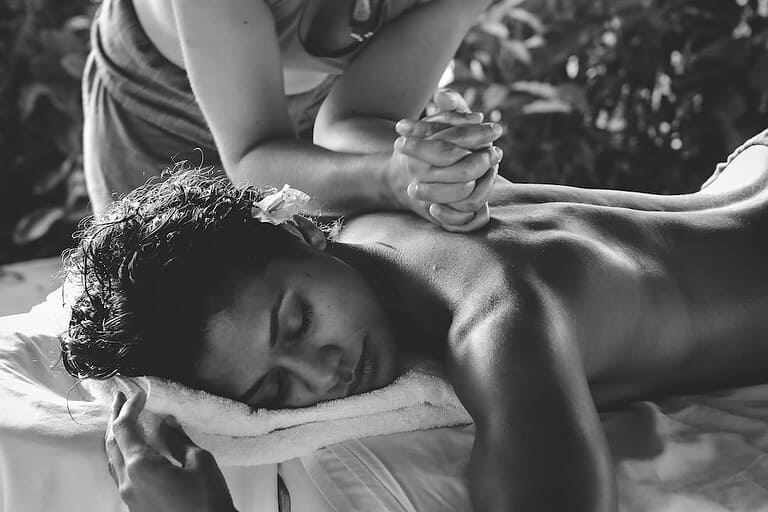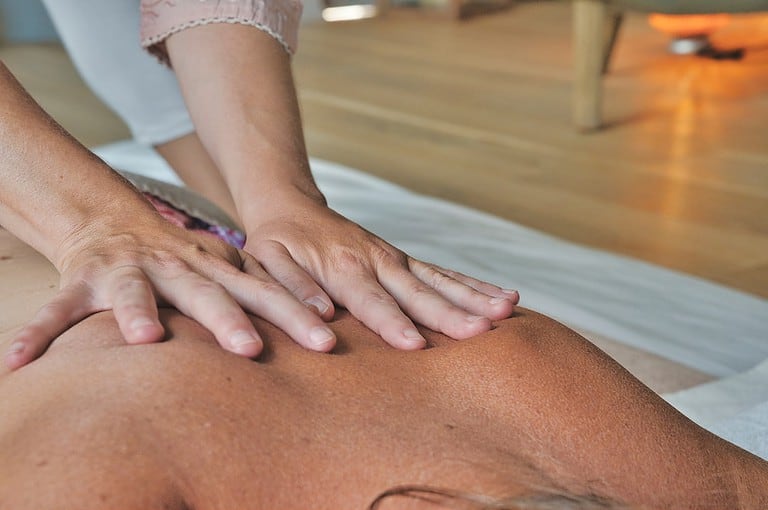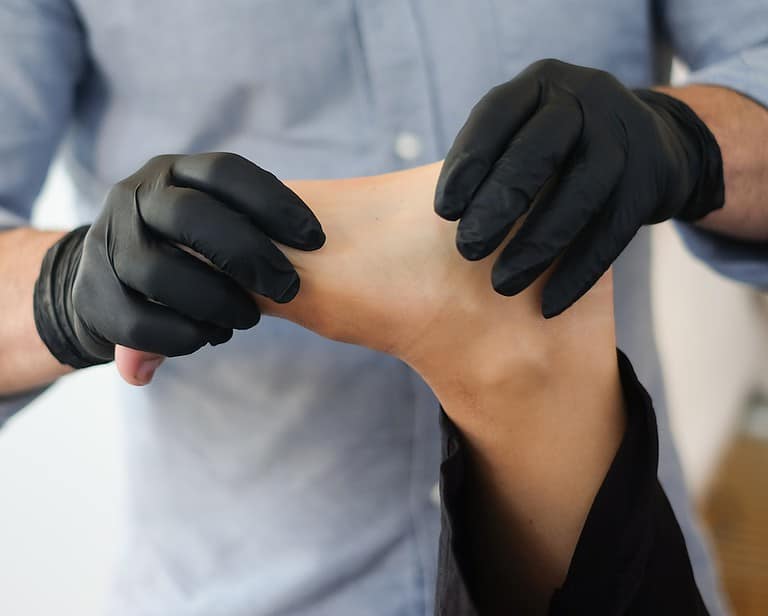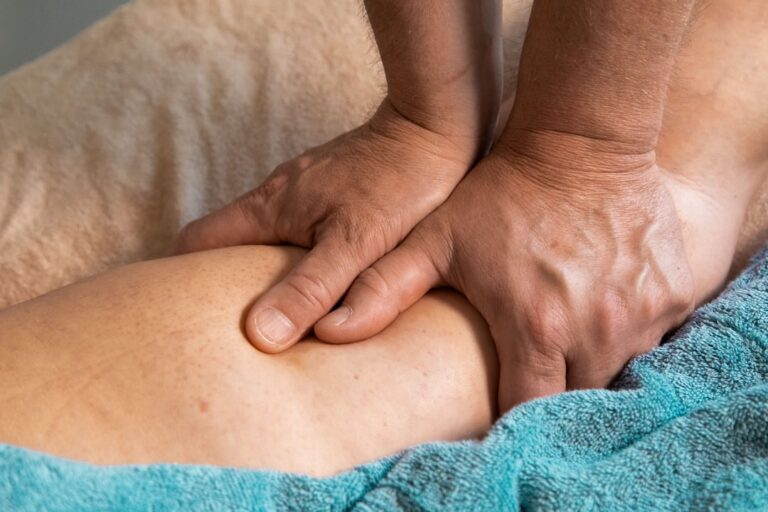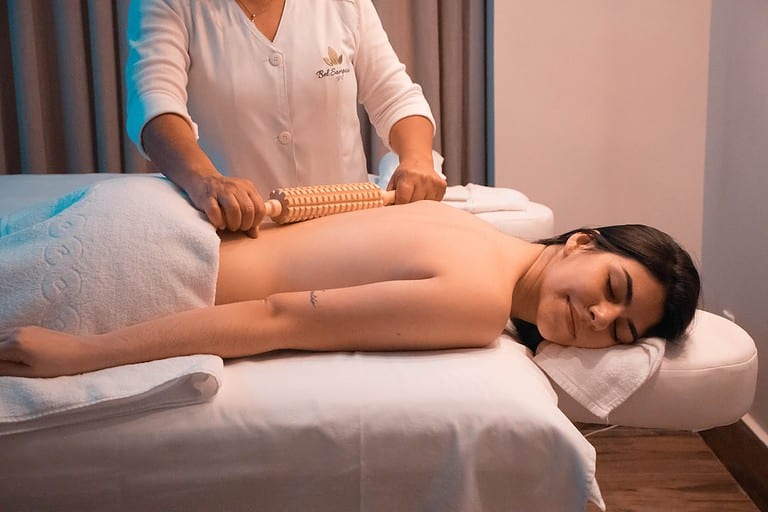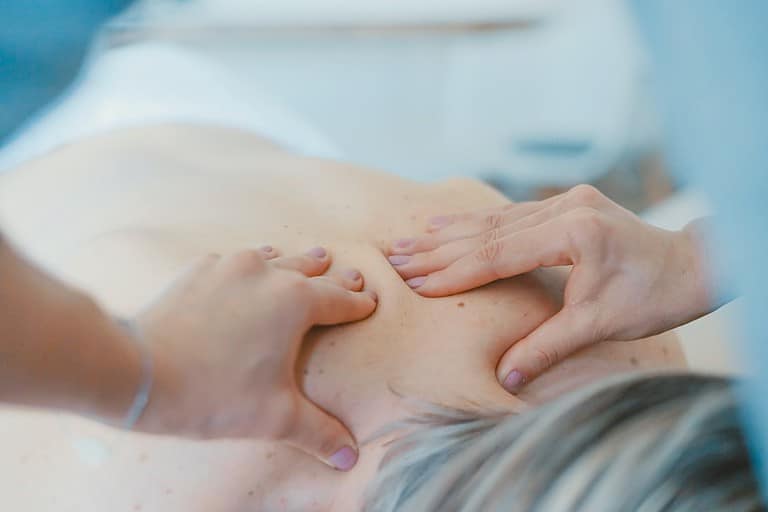Is Percussion Therapy Effective? A Comprehensive Guide
Percussion massage therapy is a type of physical treatment used to reduce pain and improve mobility. But does it really work? Is percussion therapy effective at providing relief from chronic conditions like arthritis, fibromyalgia, or lower back pain?
In this blog post, we’ll take an in-depth look into what percussion therapy is, how it works and if the evidence supports its effectiveness. We’ll also cover some key takeaways so you can make informed decisions about whether or not to try percussion therapy for yourself. So let’s dive right in and answer the question: Is percussion therapy effective?
Table of Contents
What is Percussion Therapy?
Percussive massage involves applying pressure with hands or tools such as percussive massage guns to the body’s soft tissues in order to stimulate circulation and reduce tension. This type of treatment can be used for a variety of conditions including muscle soreness, joint stiffness, tendonitis, and arthritis.
Percussive massagers apply short bursts of pressure to promote healing and reduce pain. The goal is to increase blood flow while decreasing inflammation and tightness in muscles or joints.
There are two main types of percussion therapy: manual percussion (hands) and mechanical percussion (machine).
Manual percussion typically involves using fingers or fists for quick taps on areas needing attention whereas percussive massage guns provide deeper penetration into the tissue due to their vibration technology.
How Does Percussion Therapy Work?
Handheld percussive massagers deliver short bursts of pressure into the body’s soft tissue structures. The pressure stimulates the muscle fibers and increases blood flow which helps to reduce inflammation and improve the range of motion.
Percussion massagers can be used on any part of the body including joints, tendons, ligaments, muscles, fascia, and other connective tissues. Apply the massage gun directly to the skin to relieve neck pain, shoulder pain, lower back pain, elbow injuries, hip injuries, knee injuries, and ankle injuries.
There are several different techniques used in percussion therapy depending on what condition is being treated. These techniques include:
- Trigger point release (applying direct pressure to specific points).
- Myofascial release (massaging along muscle fibers).
- Effleurage (long strokes along muscle fibers).
- Petrissage (kneading deep into muscle fibers).
Each physical therapy technique has its own unique benefits for treating certain conditions so it is important to discuss your options with your practitioner before beginning treatment.
Percussion therapy is a popular modality for treating various physical ailments and conditions. But is percussion therapy effective?
(Source)
Is Percussion Therapy Effective?
Studies have shown that percussion therapy helps reduce pain, improve range of motion, and boost circulation.
In a study conducted by researchers at the University of California San Francisco, participants who received percussion therapy experienced significant reductions in pain intensity and disability compared to those who did not receive treatment.
Studies have also found that vibration therapy can improve muscle strength and flexibility as well as reduce inflammation.
While there are many potential benefits associated with using percussion therapy, it is important to note that there may also be some risks involved. Possible side effects include bruising or soreness in the area where the treatment was applied. It is also possible for individuals to experience dizziness or lightheadedness during or after a session due to changes in blood pressure caused by vibration therapy.
When considering whether or not to use percussion therapy, it is important to find an experienced practitioner who has been trained specifically in this type of treatment modality. Make sure that all equipment is properly sterilized and that safety protocols are followed throughout each session.
It’s always best practice to discuss any concerns you may have with your healthcare provider prior to beginning sessions so they can provide additional guidance on how to proceed safely with your care plan.
Massage Gun Benefits
Percussive massage gun therapy is a popular way to relieve muscle pain and soreness. It’s an effective form of treatment for many conditions that cause discomfort in the body.
Massage guns are handheld devices that use rapid pulses of pressure to target specific areas of the body. The percussion forces muscle fibers to release lactic acid, reducing soreness and improving mobility.
Massage guns can help reduce stiffness and tension in your muscles due to fascia thickening. Fascia is layers of tissue and fluid that surround bones, muscles, nerves, and blood vessels.
Repetitive movement or limited physical activity can cause this tissue to thicken up around the muscles, leading to pain and reduced mobility. Percussive massage helps distribute the thickened fascia fluid which relieves pressure on tight muscles, allowing them to move more easily again.
Delayed onset muscle soreness (DOMS) is common after unfamiliar physical activities such as new exercise routines or rehabilitation after surgery or injury resulting from tiny tears in the muscle fibers. Vibration therapy increases skin temperature, blood flow, and hormonal responses which reduces DOMS symptoms when used with a massage gun at low speed.
FAQs About “Is Percussion Therapy Effective?”
How often should you do percussion therapy?
You can use percussion massagers multiple times per day, but make sure not to use it for more than a few minutes at a time. It’s best to use them 2 or 3 times daily at most.
Is there science behind percussive therapy?
Yes, there is scientific evidence to support the use of percussive therapy. Studies have shown that it can reduce muscle tension and improve the range of motion in joints. It has also been found to be effective in treating chronic pain, improving circulation, and reducing inflammation.
Additionally, research suggests that percussive therapy may help with relaxation and stress relief as well as improve overall physical performance.
Can you use a percussion massager too much?
Too much pressure with the massager can cause pain, stiffness, and muscle inflammation. When used correctly, the massager can relieve tension, but overdoing it can cause your muscles to tense up.
Do massage guns actually help recovery?
One of the primary advantages of using a handheld massager is its ability to improve blood flow to an area after an injury or after an intense workout. This deep percussion can target both large and small muscle groups, helping to decrease pain and muscle tension.
Conclusion
Is percussion therapy effective?
Percussion therapy is a promising form of treatment for pain relief and muscle relaxation. It can be used to treat a variety of conditions, including musculoskeletal injuries, chronic pain, and inflammation. While there is limited research on the effectiveness of percussion therapy specifically, studies have shown that vibration-based therapies may be beneficial in reducing pain and improving range of motion.
Ultimately, it’s up to you to decide if percussion therapy is an effective treatment option for your specific needs. If you’re looking for an alternative form of treatment or are simply curious about its potential benefits, it may be worth considering as part of your overall wellness plan.
Are you looking for ways to stay healthy and independent? Percussion therapy could be the answer! Research has shown that percussion therapy can help improve circulation, reduce inflammation, relieve muscle tension and soreness, increase the range of motion in joints, decrease pain levels and even accelerate healing.
It’s a safe treatment option with no side effects or risk of addiction so why not give it a try today? Make smart living now your priority by incorporating percussion therapy into your daily routine – because feeling good is worth the effort.


